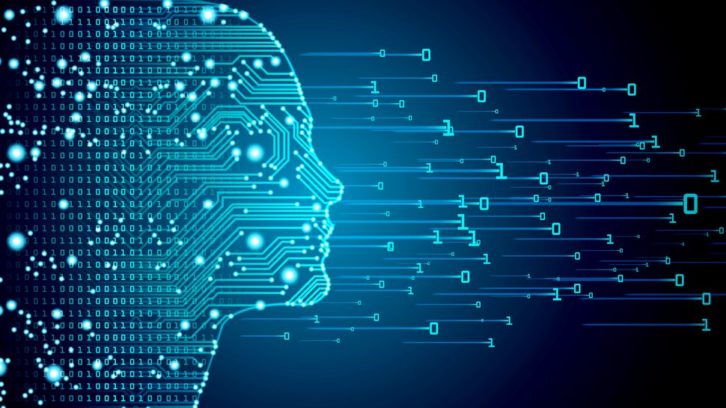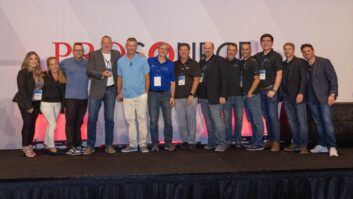
AI-powered automation has offered a critical lifeline to businesses over the last two years by helping to alleviate the strain from workforce dislocation, supply chain challenges, IT incidents customer service disruptions, and more. On a more individual level, automation has also helped people work more efficiently and effectively, enabling them to focus their time on higher-value and more strategic work. In fact, according IBM’s recent Institute for Business Value study, the number of CIOs who reported high maturity in AI-enabled workflows increased 560% compared to two years ago.
However, as we move into 2022, companies we believe who are undergoing digital transformations will continue to grapple with challenges stemming from a shortage of AI skillsets and the impact that The Great Resignation is having on labor and talent. In fact, earlier this year, IBM surveyed IT professionals around the world and found the most significant hindrance to successful AI adoption was limited AI expertise or knowledge.
Combining the automation of particularly repetitive, manual, or tedious processes with human cognition and intuition can help organizations achieve more optimal results, even in the face of these broader industry dynamics. Going into 2022, there are 3 key areas where I predict we’ll see automation adoption accelerate, leading to more meaningful applications in different industries.
The Expansion of AIOps
AIOps uses artificial intelligence to simplify IT operations management and accelerate and automate problem resolution in complex modern IT environments. The real power of AIOps is when organizations can get ahead of potential IT issues before they even happen. As the new hybrid work environment continues, so too will the massive shift in IT operations methodology and spending toward solutions that help automate the process of keeping systems and networks running wherever and whenever organizations need them to. AIOps can also enable these IT teams to identify patterns in data to indicate whether a potential issue could occur, which will help enable teams to get ahead of IT issues before they happen.

The Emergence of the Citizen Developer
As automation gets easier to implement, I expect automation tools will move beyond helping workers with specialized skills in highly specific contexts. Improvements to natural language processing, explainable AI and more can lead to automation tools that can be more readily used by business workers across marketing, sales, and more. For example, workers in these functions can use automation increasingly to manage paperwork and employer relations, conduct research and access key figures through new low-code/no-code, more user-friendly interfaces. Access to the right data and ease of customization is expected to give rise to the “citizen developer” who will be able to identify new use cases by integrating existing solutions into their own workflows.
A New Relationship With Automation in the Workplace
Finally, I predict automation implementation will lead to greater collaboration between IT and business teams that use automation to augment the work they do. This collaboration can drive the alignment between teams working together and finding common goals, with IT professionals taking on a greater role in helping an organization innovate.
One example of this enhanced IT and business collaboration is in sustainability: 42% of CIOs surveyed expect technology to have a significant impact on sustainability in the next three years, the highest of all areas of impact. Automation, specifically in AIOps with real-time application performance and resource monitoring, can play an important role in helping businesses achieve their sustainability goals
by optimizing performance while identifying ways to reduce energy consumption.
As 2022 approaches, many of the pressures businesses faced in 2021 – from labor shortages to supply chain crunches – are unlikely to disappear. To remain competitive and adapt to new challenges, they will look to AI and automation to make their organizations more resilient, more innovative and efficient than ever before. Most importantly, as this adoption increases and new tools become more user friendly and customizable, automation will start to play a greater role in our individual lives, freeing us from menial labor and giving workers more time to focus on what matters most to them and their organizations.
About the Author
Dinesh Nirmal is the General Manager for IBM Automation, who brings over 20 years’ leadership in data and analytics transformation, leading strategy and execution for technologies spanning machine learning, analytics at the edge, open source, analytics, and database.
This article originally appeared on techradar.com
See also: Q&A With Howard’s CEO John Riddle: The Future Of Appliance Retailing













